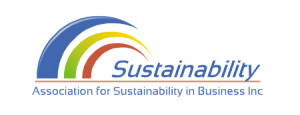Speak at the Conference in May 2012
The new Association website has been launched, it includes a public forum and links to the Blog. Please feel free to use both to raise issues or make announcements to our 16,800 subscribers. Links are available on the site. Speak at the Conference in May 2012 If you would like to present at the Sustainability Conference in May 2012 on the Gold Coast, please visit the website and summit a brief abstract. Topics of interest include: Sustainable Natural Resource/Water Management – Sustainable and Renewable Energy Sustainable Waste Management Sustainable Cities and Building Design – Sustainable Food Production/Security Sustainable Investment and …




